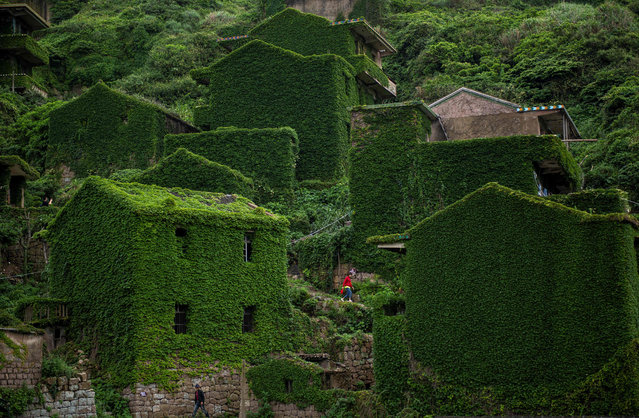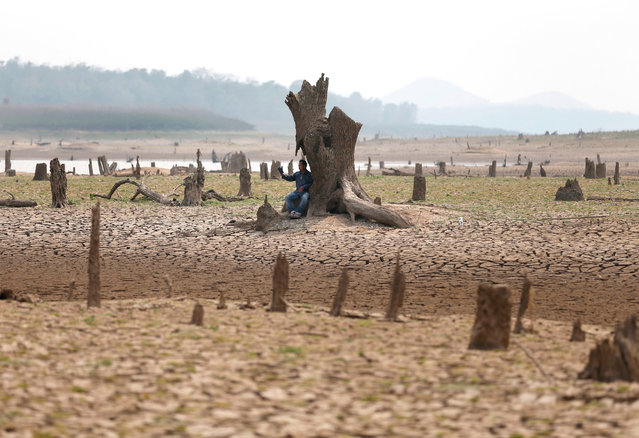
This picture taken on May 31, 2018 shows a villager walking between abandoned houses covered with overgrown vegetation in Houtouwan on Shengshan island, China' s eastern Zhejiang province. Houtouwan was a thriving fishing community of sturdy brick homes that climb up the steeply hilled island of Shenghshan, but is now abandoned, with entire houses completely overgrown as if vacuum- sealed in a lush layer of green. (Photo by Johannes Eisele/AFP Photo)
08 Jun 2018 00:03:00,post received
0 comments






